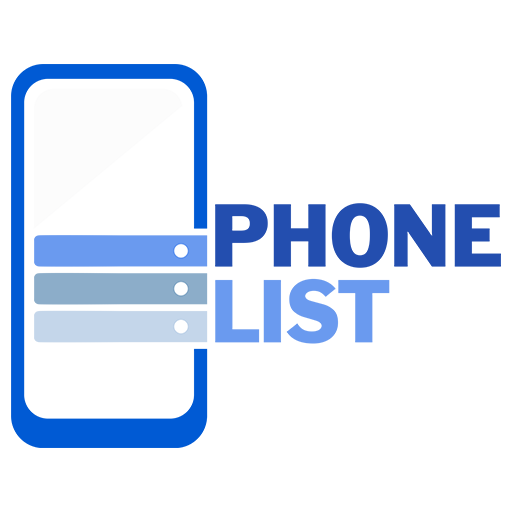How does the transportation sector impact biodiversity and natural habitats
Biodiversity and natural habitats are essential components of our planet’s ecological balance. They support a wide array of species and provide vital ecosystem services. However, the rapid growth of the transportation sector in recent decades has significantly affected these ecosystems. In this blog post, we will explore the various ways in which the transportation sector, encompassing roads, railways, airports, and shipping, impacts biodiversity and natural habitats. Fragmentation and Habitat Loss (200 words): Transportation infrastructure, such as roads and railways, often fragment natural habitats.
These physical barriers disrupt the movement
Leading to isolation and genetic isolation, which reduces genetic diversity. Animals require connectivity to access food, mates, and suitable habitats for survival. Fragmentation caused by transportation infrastructure poses a significant threat to migratory species, whose habitats and migration routes may be obstructed or disturbed. Moreover, the construction of transportation projects often leads to direct habitat loss. The expansion of roads, airports, and Jordan Email List harbors necessitates clearing vast areas of land, resulting in the destruction of forests, wetlands, and other crucial ecosystems. This loss of habitat can have severe consequences for species dependent on those habitats, leading to population declines and, in some cases, extinction.
Pollution and Contamination The transportation
Sector is a major contributor to air and water pollution, which directly and indirectly affects biodiversity and natural habitats. Vehicle emissions, including carbon dioxide. Nitrogen oxides, and particulate matter, contribute to air pollution, leading to respiratory problems and reduced air quality. These pollutants can also deposit onto surrounding habitats, affecting vegetation and altering soil chemistry, which can have cascading effects on the AERO Leads entire ecosystem. Transportation activities are also a significant source of water pollution. Runoff from roads and highways carries oil, heavy metals, and other pollutants into nearby water bodies. These contaminants can accumulate in aquatic ecosystems, harming fish, amphibians, and other aquatic organisms.







